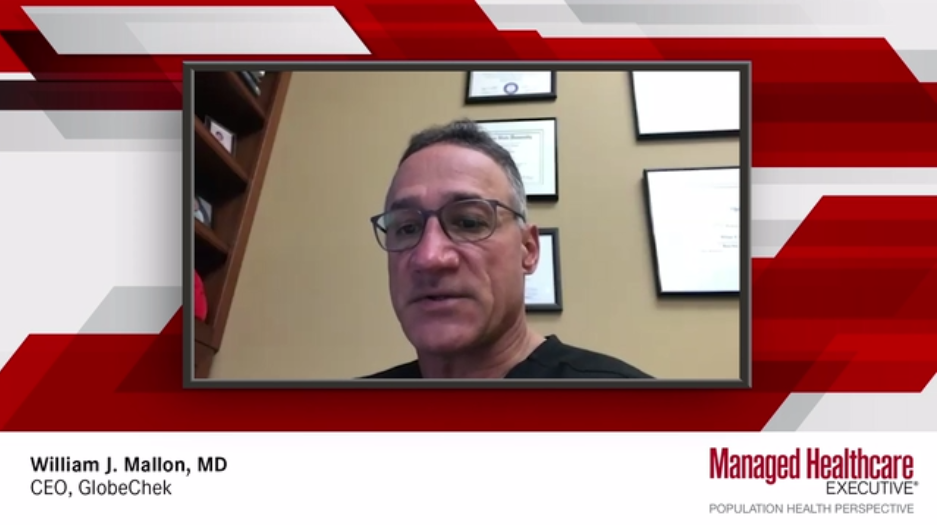Economic Burden of Eye Disease on Health Care

At the level of the health system and of society, eye disease among older adults carries financial implications. In a retrospective claims-based analysis of patients 40 years or older with visual disorders including visual impairment, blindness, AMD, cataracts, DR, primary open-angle glaucoma, and refractive errors (myopia and hyperopia). The total societal cost of eye disease for the year 2004 was estimated to be $35.4 billion (2004 USD). Components of this societal cost estimate included costs to the patient (both direct and indirect [productivity losses]) and costs to third-party payers (Medicaid and Medicare in this case).
Data from the 2001 MarketScan Commercial Claims and Encounters Database, the 2002 National Ambulatory Medical Care Survey, the 2002 National Hospital Ambulatory Medical Care Survey (outpatient department file), Medicare claims data from the year 2000 (physician, outpatient and inpatient hospital files), and data from the Consumer Assessment of Health Plans Survey from a nationally representative sample of 167,993 Medicare fee-for-service beneficiaries were all utilized.
Of the $35.4 billion total paid by patients and third-party payers, $16.2 billion was attributable to direct medical costs (outpatient and pharmaceutical costs); $11.1 billion was attributable to direct nonmedical costs (nursing home care, guide dogs and federal programs for the visually impaired, including the Department of Education’s Independent Living Services for Older Blind Individuals, the American Printing House for the Blind, and the Library of Congress’ National Library Service for the Blind and Physically Handicapped); and the remaining $8.03 billion was attributable to work productivity losses. Of the $16.2 billion spent on outpatient and pharmaceutical costs, $6.8 billion was attributable to cataracts, $5.5 billion to refractive error, $2.9 billion to glaucoma, $575 million to AMD, and $493 million to DR. Of the $11 billion attributable to direct nonmedical costs, $10.96 billion was spent on nursing homes and long-term care, $62 million was spent on guide dogs, and $94 million was spent on federal programs for the visually impaired.
Newsletter
Get the latest industry news, event updates, and more from Managed healthcare Executive.

















































